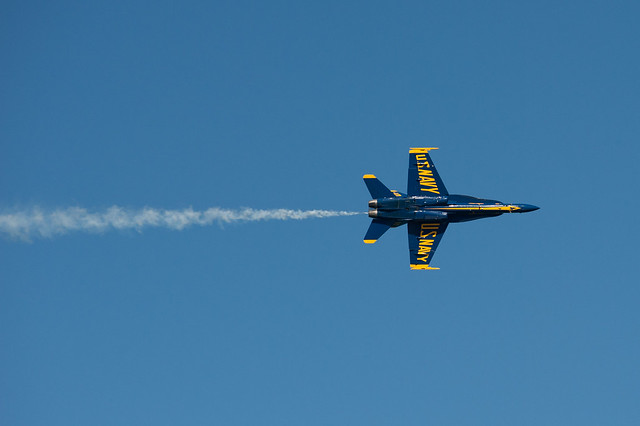Greg Bockelman
Touchdown! Greaser!
- Joined
- Feb 23, 2005
- Messages
- 11,093
- Location
- Lone Jack, MO
- Display Name
Display name:
Greg Bockelman
Banks are established with aileron and held with elevator. Like a climb, you're pushed down in your seat.
Care to explain that one to me? Unless I am doing it wrong I have ALWAYS maintained a bank with ailerons.
I guess you guys perform perfectly coordinated 1g turns.
Well, in level flight, you will always have x amount of increased g-loading, depending on the bank angle.
Vfe on mine is 120knots. So if I'm going 110knots, start a turn, and pull flaps, the actual weight/load on the wings could be exceeding Vfe was my point.
Vfe is an airspeed, not a load factor. Not sure how one relates to the other. The air load on the flap doesn't increase with bank angle.
I have manual flaps. So why is it harder to pull in a bank than it is level if the flaps are not seeing that load?
Well it's not because of the airspeed load on the flaps.

 Pehaps you're slipping or skidding in the turn and building up extra air pressure against the fuselage?
Pehaps you're slipping or skidding in the turn and building up extra air pressure against the fuselage? 


 Now, I have to go decide what tires I want to put on the 180. Another pair of BW's @ $2850, or some 8.50X6 at $500. Peace.
Now, I have to go decide what tires I want to put on the 180. Another pair of BW's @ $2850, or some 8.50X6 at $500. Peace. 
